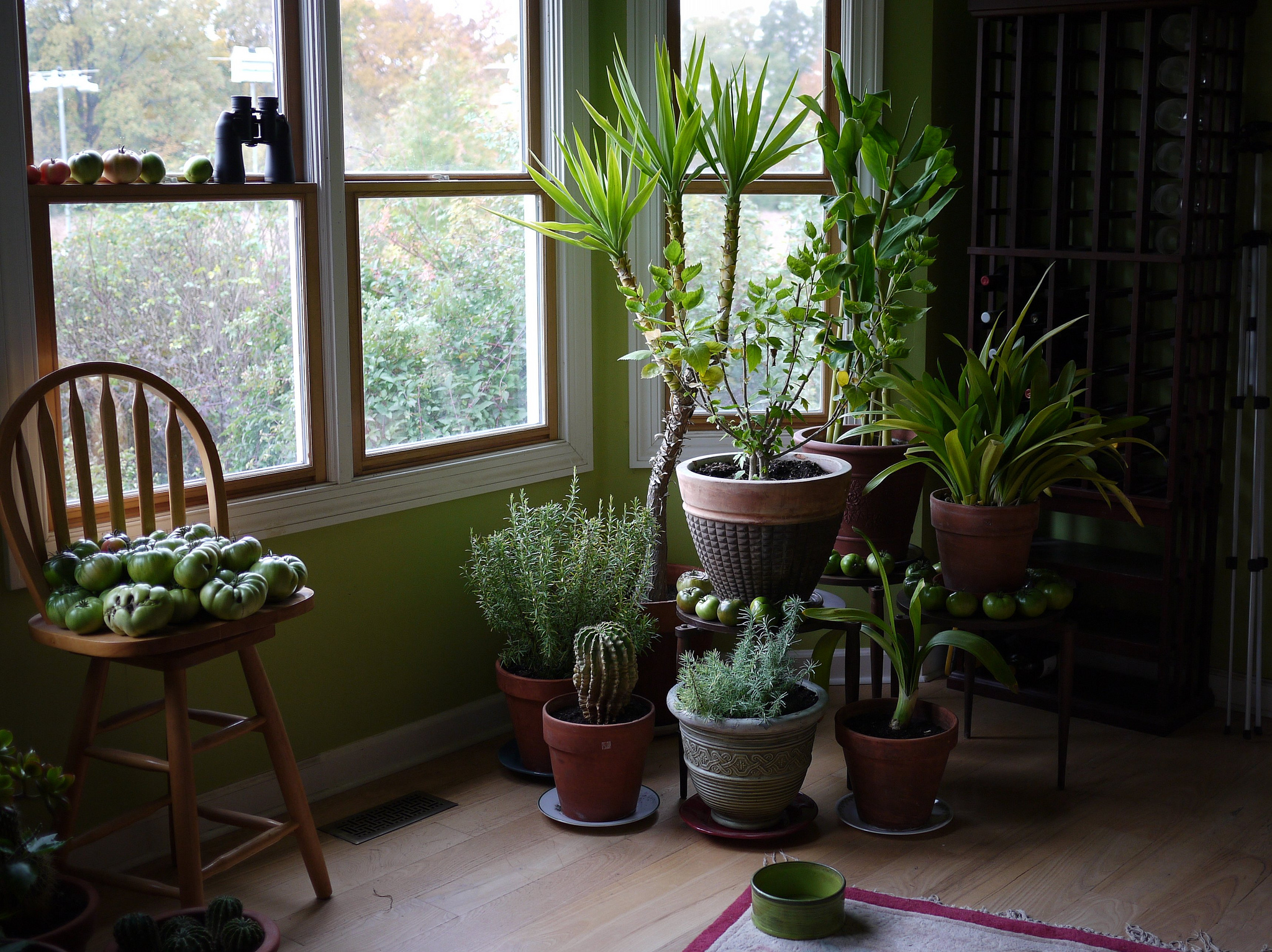I have a confession to make. I may have a bit of a black thumb.
I have killed many plants in my lifetime by simply neglecting them. I’m not proud of this, of course, and to my credit, the neglect was never intentional.
I’m just busy most of the time.
I’ve found that plants often persist and live despite chronic neglect. Even when thriving houseplants with plump, juicy leaves have turned into dried sprigs, they keep trying to live (albeit with limited economy). Weak little leaves doing the best they can push out of dried stems despite a dearth of the things they need like water, fertilizer, sun (and in some cases, shade).
The good news is, if the plants were still trying, so was I. There was no reason for me to give up if they had even the tiniest bit of life in them. I promised to apologize and to pay better attention moving forward.
But, for a long time, those plants remained sprig-like. I’d keep the plant sprigs going for months like that, and sometimes years. But when the plants failed to recover, I inevitably at some point, in one last desperate attempt to revive the sprigs, would overwater them and they would unfortunately drown.
These days, I am better about caring for houseplants. It’s partially because they are good teachers. Every day, I have to take a pause to see how they are doing. Is there mold in the soil? Are the leaves wilting and the soil is still damp? Is the soil bone dry?
I sometimes don’t always get to them before they start wilting from thirst. As a result, the plants do the best they can until I can remember to notice that sometimes days have gone by.
Poor things. But my plants are forgiving, it seems.
Sometimes a little breeze from the open window moves the leaves into an attention grabbing wave. Sometimes I see the tiny jar I use to water them when I go to the sink to grab my own glass. Other times, I don’t notice the plants until it’s time to open the blinds. When I notice the plants struggling a bit, I say, “I’m sorry,” and promptly move to take away the dead leaves and water the remaining living parts of the plants.
It has become a simple practice in attention. The more attention I pay to the plants, the better they fare.
I used to keep the plants that I currently own away from the windows because the label said they required indirect light. But, I soon noticed the way they reached for what little sun my west-facing windows provided, even from the middle of the room. I decided to disregard the labels. The plants were obviously craving the sun and when placed them at the window, they seemed to thrive. New tiny leaves appeared and the old leaves plumped, brightening in color. This reaction made me smile. It also made me remember the plants a little bit more.
Because of this, I began to take interest in the way the leaves sprouted and the way the stems moved to absorb the light. I played with moving them closer together and farther apart on the sill. I rotated the pots. At the end of the day, or the next morning, whenever it was I remembered to check in on them I noticed the stems and leaves had moved accordingly to find the best way to reach sunlight, the best way to protect themselves from overheating or freezing.
As my plants respond to the elements and show when they have had too much or when they have had just enough, I too must respond.
It’s a very simple practice that teaches me to take time to carefully observe things, to pay attention and act in nurturing ways.
~
Relephant Links:
8 Easy-to-care-for Plants for the Home.
Love is a House Plant.
~
Author: Tameca L. Coleman
Apprentice Editor: Brenda Davidge / Editor: Caitlin Oriel
Image: F. D. Richards/Flickr







Read 0 comments and reply